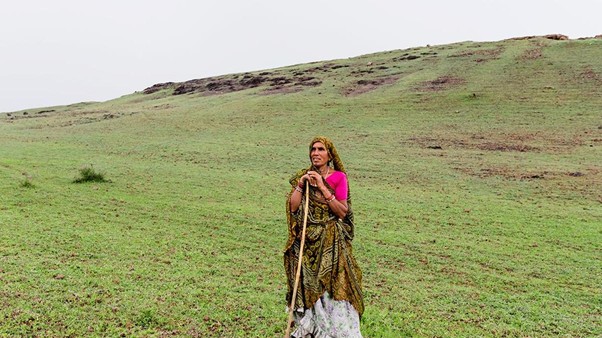




Source: DOWNTOEARTH
Disclaimer: Copyright infringement not intended.
With India managing 35% of the world’s planted teak forests, it plays a key role in the global teak market. However, natural teak productivity is low, and tissue-cultured teak is being explored as a viable solution.
|
Challenge |
Explanation |
|
Seed-based propagation |
Low fruit yield, poor seed viability, low germination rates |
|
Vegetative methods |
Rooting, grafting, and budding have poor success rates, especially in mature trees |
|
Feature |
Benefit |
|
Genetically uniform saplings |
Consistent growth and quality |
|
Disease-free plants |
Reduced mortality and better resilience |
|
Faster maturity claims |
Claimed harvesting within 8-12 years |
Teak is a tropical hardwood tree species native to South and Southeast Asia.
Known as the King of Timbers it is prized for its durability, strength and natural resistance to water, pests and decay.
Teak is a deciduous species and one of the most valuable timbers in global trade.
Botanical Features
|
Feature |
Description |
|
Scientific Name |
Tectona grandis |
|
Family |
Lamiaceae (earlier Verbenaceae) |
|
Type |
Deciduous hardwood tree |
|
Height |
Up to 30–40 meters |
|
Leaves |
Large, papery, with rough surface |
|
Flowers |
Small, white, fragrant |
|
Fruit |
Drupe with woody outer covering |
|
Lifespan |
Can live over 100 years |
Natural Habitat & Distribution
Native regions: India, Myanmar, Thailand, Laos.
Major teak-growing states in India
Madhya Pradesh
Maharashtra
Odisha
Karnataka
Kerala
Tamil Nadu
Andhra Pradesh
India has about 8.9 million hectares under teak forests and plantations—around 35% of global teak forests.
Climatic and Soil Requirements
|
Parameter |
Requirement |
|
Rainfall |
1200–2500 mm annually |
|
Temperature |
20–40°C |
|
Soil type |
Deep, well-drained loamy or alluvial soils |
|
Altitude |
Up to 1200 meters above sea level |
|
Light |
Requires full sunlight (heliophilic species) |
Economic Importance
High commercial value in:
Shipbuilding
Furniture and cabinetry
Flooring
Veneer and decorative paneling
India is both a producer and importer of teak wood due to rising demand and legal restrictions on harvesting from natural forests.
Teak fetches premium prices due to its:
Natural oils (prevent rotting)
Dimensional stability
High tensile strength
Ecological Significance
|
Aspect |
Role |
|
Biodiversity |
Supports understorey vegetation and soil microflora |
|
Soil binding |
Helps prevent erosion on slopes |
|
Carbon sink |
Moderate potential for carbon sequestration |
|
Native species |
Maintains ecological balance in mixed forests |
Methods of Teak Propagation
|
Method |
Pros & Cons |
|
Seed-based |
Low germination rate, variable genetic quality |
|
Clonal/vegetative |
Grafting, cutting—limited success in old trees |
|
Tissue culture |
Uniformity, fast growth, disease-free—but variable results and high cost |
Challenges in Teak Cultivation
Slow growth rate in traditional plantations (20–30 years to mature)
Illegal felling and timber smuggling
Fire hazards in dry deciduous areas
Pest and disease issues, e.g., teak defoliator (Hyblaea puera)
Genetic degradation due to unscientific propagation
Policies and Legal Framework
|
Policy/Act |
Relevance |
|
Indian Forest Act, 1927 |
Governs rights and duties in forest areas |
|
Forest Conservation Act, 1980 |
Restricts conversion of forest land and felling |
|
National Forest Policy, 1988 |
Encourages farm/agroforestry; restricts commercial felling in natural forests |
|
National Agroforestry Policy, 2014 |
Promotes tree cultivation outside forests (ToF) including teak |
|
Ease of Tree Felling Laws |
Teak felling still regulated in many states (e.g., transit permit system) Green felling in government forests prohibited under Forest Conservation Act (1980) and National Forest Policy (1988), increasing reliance on private plantations |
Sources:
|
PRACTICE QUESTION Q. Teak cultivation offers a promising path for climate-resilient rural livelihoods. Discuss the role of policy, technology, and market reforms in promoting sustainable teak agroforestry in India. 250 words |







© 2025 iasgyan. All right reserved